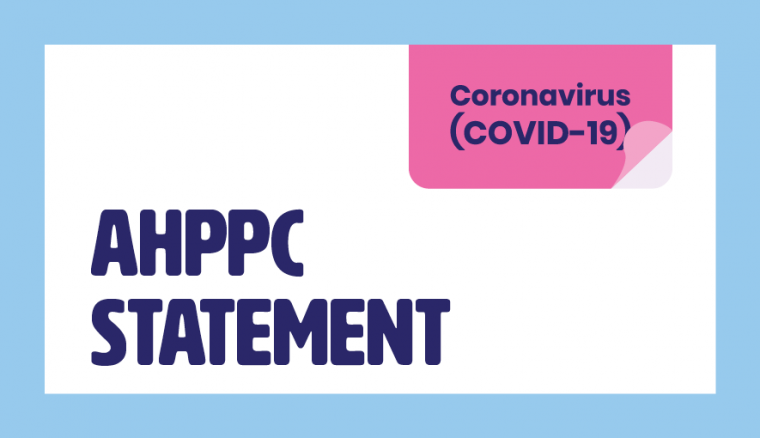Date published:
30 March 2020
Intended audience:
General public
Australian Health Protection Principal Committee recommendations for managing vulnerable workers
30 March 2020
The Australian Health Protection Principal Committee (AHPPC) on the advice of the Communicable Diseases Network Australia (CDNA) today considered provisions for essential workers who are considered to be most at risk of acquiring COVID-19 and at higher risk of serious illness if they become unwell.
Excluding healthcare settings where appropriate PPE and precautions are adhered to, the AHPPC considers that, given the transmission characteristics of the virus, the following settings are at higher risk of outbreaks of COVID-19:
- Correctional and detention facilities
- Group residential settings
AHPPC considers that, based on the limited current evidence, the following people are, or are likely to be, at higher risk of serious illness if they are infected with the virus: 1, 2, 3, 4
- Aboriginal and Torres Strait Islander people 50 years and older with one or more chronic medical conditions
- People 65 years and older with chronic medical conditions.5 Conditions included in the definition of ‘chronic medical conditions’ will be refined as more evidence emerges. The most current list can be accessed on the Department of Health website
- People 70 years and older
- People with compromised immune systems (see Department of Health website)
There is limited evidence at this time regarding the risk in pregnant women.
AHPPC recommends that where vulnerable workers undertake essential work, a risk assessment must be undertaken. Risk needs to be assessed and mitigated with consideration of the characteristics of the worker, the workplace and the work. This includes ensuring vulnerable people are redeployed to non-customer based roles where possible. Where risk cannot be appropriately mitigated, employers and employees should consider alternate arrangements to accommodate a workplace absence.
AHPPC recommends that special provisions apply to essential workers who are at higher risk of serious illness and, where the risk cannot be sufficiently mitigated, should not work in high risk setting.
References
- CDC COVID-19 Response Team. Severe Outcomes Among Patients with Coronavirus Disease 2019 (COVID-19) — United States, February 12–March 16, 2020. MMWR Morb Mortal Wkly Rep. ePub: 18 March 2020. DOI: http://dx.doi.org/10.15585/mmwr.mm6912e2external icon
- Onder G, Rezza G, Brusaferro S. Case-Fatality Rate and Characteristics of Patients Dying in Relation to COVID-19 in Italy. JAMA. Published online March 23, 2020. doi:10.1001/jama.2020.4683
- Zhonghua Liu Xing Bing Xue Za Zhi. The epidemiological characteristics of an outbreak of 2019 novel coronavirus diseases (COVID-19) in China. CMAPH. Published online February 17, 20202. doi: 10.3760/cma.j.issn.0254-6450.2020.02.003
- Australian Institute of Health and Welfare 2018. Australia’s health 2018. Cat. no. AUS 221. Canberra: AIHW.
- Recent evidence suggests the risk previously attributed to those over 60 is particularly in those over 65 and accordingly advice has been updated to recommend an age cut off of 65 with chronic disease.

